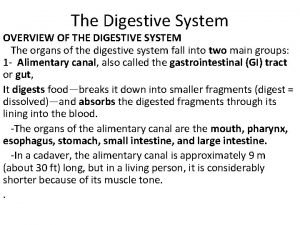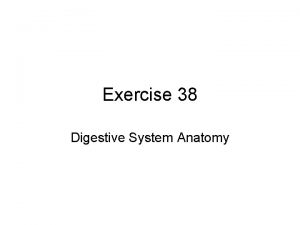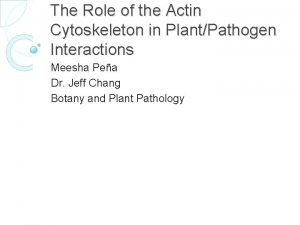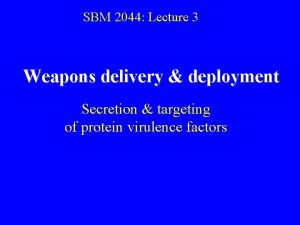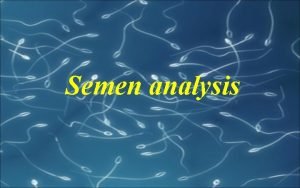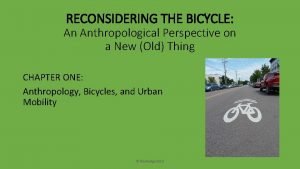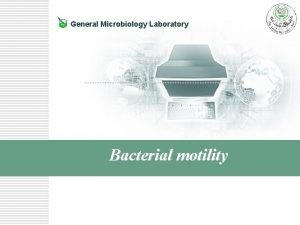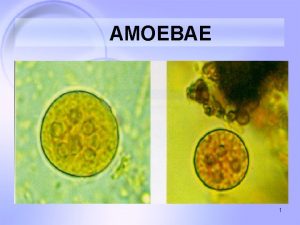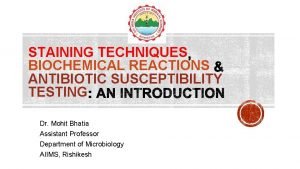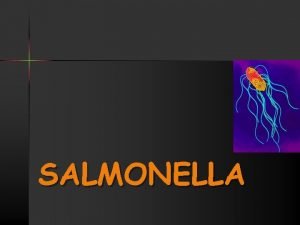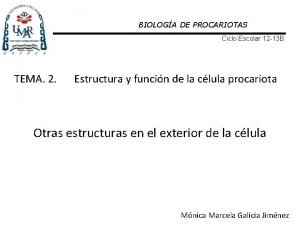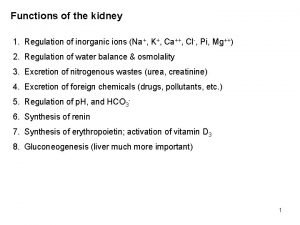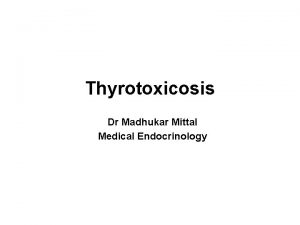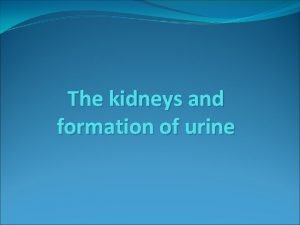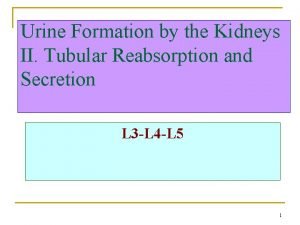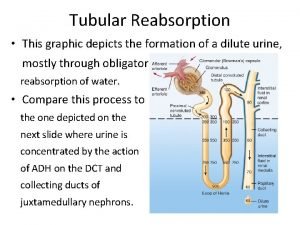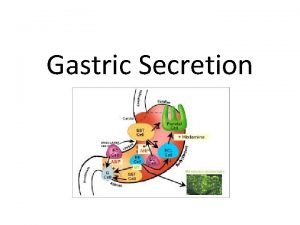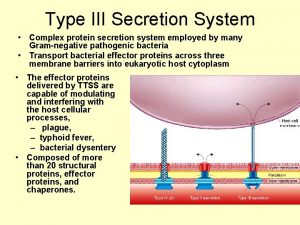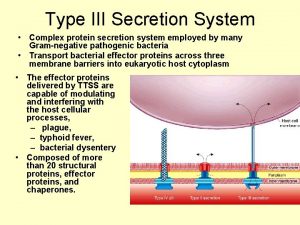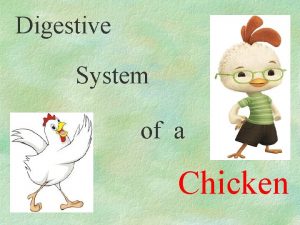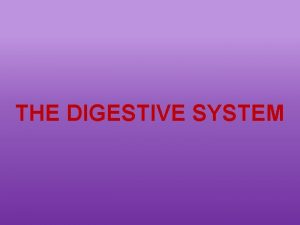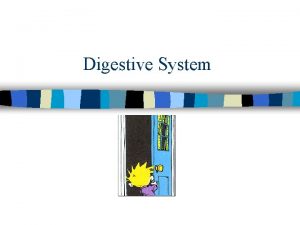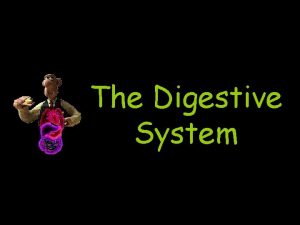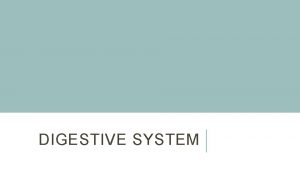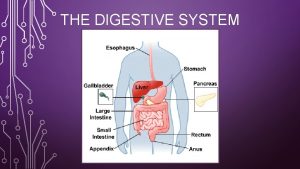Digestive System Overview Motility and Mechanical Processing Secretion




















- Slides: 20

Digestive System Overview Motility and Mechanical Processing Secretion & Digestion Absorption Elimination Hormones Vitamins & Minerals

Overview The whole goal of digestion is to produce monomers (i. e. glucose) that can be used in cellular respiration. v Gastrointestinal (GI) tract is a hollow tube with accessory organs. v Lumen = inside of the tube. It is still considered outside of the body. v


Overview v 5 basic tasks: 1. 2. 3. 4. 5. Mechanical processing and motility Secretion Digestion Absorption Elimination

Overview v 5 accessory glands: 1. 2. 3. 4. 5. Wall of the GI tract Salivary Glands Liver Gall Bladder Pancreas

Overview v 4 layers of the digestive tract: 1. 2. 3. 4. v Mucosa Submucosa Smooth muscle Serosa Sphincters control rate of flow and prevent backflow.

Motility and Mechanical Processing v Motility (mvmt) Peristalsis = wavelike contractions that move food v Segmentation = slower mixing in the small intestine that allows for increased absorption v

Motility and Mechanical Processing v The breakdown of food into smaller pieces by mashing and mixing. v 2 main locations: v Mouth: v 32 teeth and tongue form a bolus v Swallowing is both voluntary and involuntary v Stomach: v Mixes food with chemicals ultimately making chyme.

Secretion and Digestion v v v Each organic macromolecule is broken down by different enzymes at different locations in the digestive system. Often many enzymes are involved in the breakdown of one molecule. These enzymes operate within a narrow p. H range.

Secretion and Digestion v Carbohydrate Digestion: v v v Starts in the mouth when salivary amylase, produced by the salivary glands, breaks down polysaccharides into oligosaccharides and disaccharides. Then in the sm intestine pancreatic amylase, produced by the pancreas, breaks down polysaccharides into disaccharides and monosaccharides Finally disaccharidases from the intestinal lining finish the breakdown into monosaccharides.

Secretion and Digestion v Protein Digestion: v v Starts in the stomach with pepsin & HCl being produced by the stomach lining. This breaks the proteins into protein fragments. Trypsin and chymotrypsin are produced by the pancreas and continue the breakdown of proteins into fragments in the sm intestine. Also produced by the pancreas, carboxypeptidase also works in the sm intestine but it breaks proteins further into amino acids. Aminopeptidase, although produced by the intestinal lining plays the same role as carboxypeptidase.


Secretion and Digestion v Fat (Lipid) Digestion: v v Digestion of fat does not begin until the sm intestine where the liver is pumping in bile. Bile can be stored in the gall bladder when not in use and it emulsifies fat so that it does not glob up. Lipase is a pancreatic enzyme that is released into the sm intestine that finishes the breakdown of fats into fatty acids and glycerol molecules.


Secretion and Digestion v Nucleic Acid Digestion: v Begins in the sm intestine where pancreatic nucleases and intestinal nucleases break the DNA & RNA into nucleotides and ultimately into the bases and monosaccharides that make them up.

Absorption v Almost all absorption occurs in the sm intestine. v Villi v Microvilli v Substances are absorbed by active transport, osmosis, and diffusion.

Elimination v v v Large intestine (aka colon) = absorbs essential salts and remaining water Cecum (including the appendix) 4 parts Feces = undigested/ unabsorbed food, water, and bacteria Rectum

Hormones v v v Many hormones dictate when and how food is digested. Ex) gastrin increases HCl production when aa. s are detected in the stomach. Ex) cholecystokinin (CCK) increases pancreas secretions and gall bladder contraction.

Hormones Ex) secretin causes increased bicarbonate production v Ex) glucose insulinotropic peptide (GIP) triggers release of insulin by the pancreas. v v View 41 Bin Campbell simulation

Vitamins & Minerals v Vitamins = organic substances essential for growth and survival. Ex) vit-D = bone growth; enhances Ca absorption v Ex) vit-C = antioxidant; collagen synthesis; etc. v v Minerals = inorganic substances also essential for growth and survival Ex) Ca = bone formation; neural and muscle action v Ex) Fe = hemoglobin; ETC v Ex) K & Na = muscle and neural function v v Shortages or excesses of vitamins and minerals can have adverse effects.
 Overview of the digestive system
Overview of the digestive system Greater omentum
Greater omentum Respiratory system circulatory system digestive system
Respiratory system circulatory system digestive system Motility test positive and negative
Motility test positive and negative Type 3 secretion system
Type 3 secretion system Type 3 secretion system
Type 3 secretion system Double headed sperm
Double headed sperm Motility vs mobility
Motility vs mobility Motility agar test
Motility agar test Entamoeba histolytica motility
Entamoeba histolytica motility Mr test
Mr test Salmonella motility
Salmonella motility Gliding motility
Gliding motility üyou
üyou Nervous system and digestive system
Nervous system and digestive system Sodium reabsorption
Sodium reabsorption Tubular reabsorption and secretion
Tubular reabsorption and secretion Dr madhukar mittal
Dr madhukar mittal Reabsorption and secretion in renal tubules
Reabsorption and secretion in renal tubules Atrial natriuretic peptide
Atrial natriuretic peptide Water reabsorption
Water reabsorption
